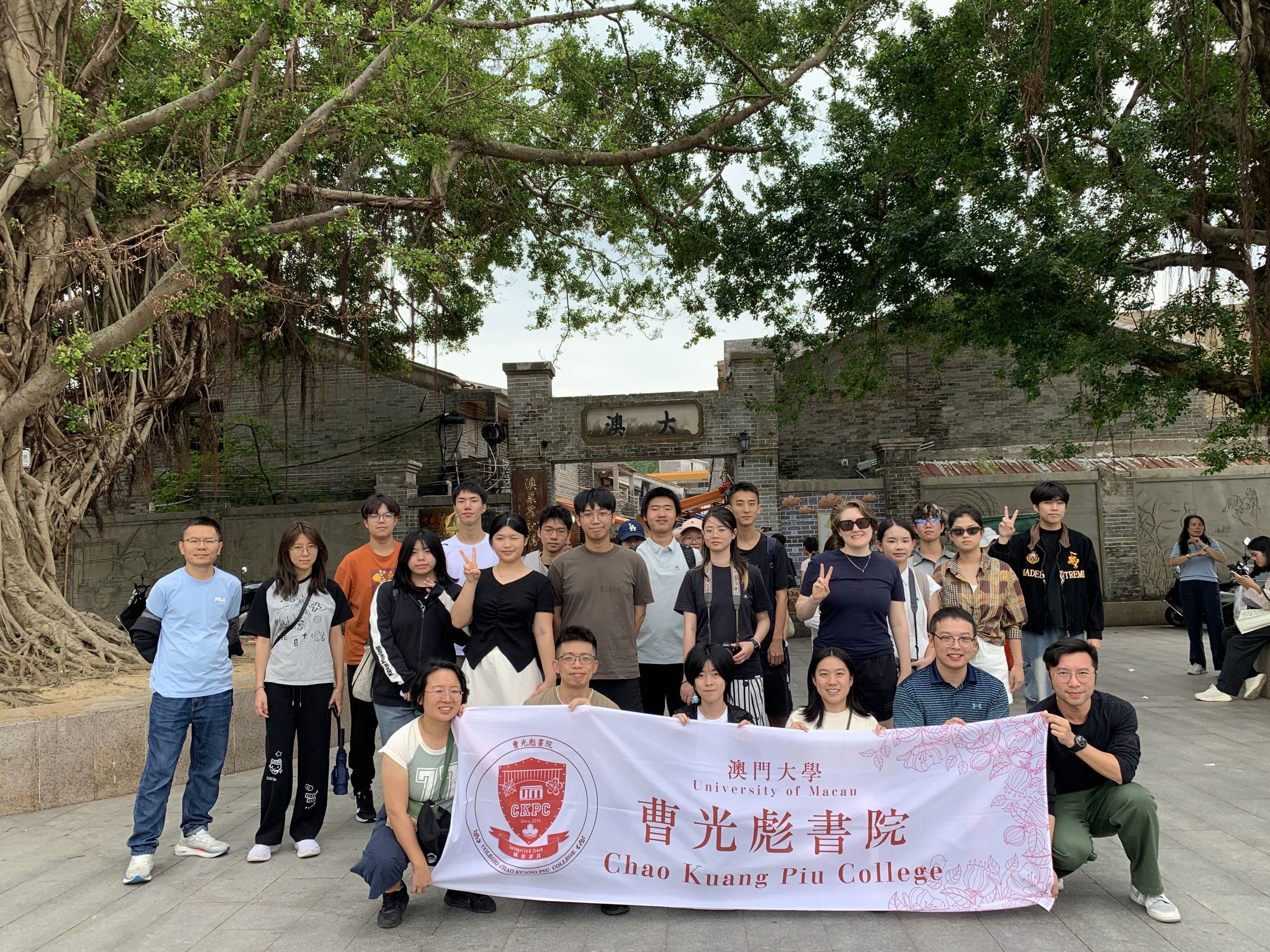2025年11月1至2日,曹光彪書院舉辦“陽江研習”。研學團一行25人到海陵島「海上絲綢之路博物館」,實地了解打撈“南海一號”沉船的過程,參觀出水的陶罐、瓷碗、酒杯、粉黛盒、金飾、錢幣等大量珍貴文物,以及相對完整的船身。同學們都驚嘆宋代精湛的工藝與繁榮的海外貿易,和古代海上絲路對世界的影響。
在麓山(風車山),團員俯瞰整個海陵島,星羅棋佈的漁船與旋轉的風車,把傳統漁村的自然景觀與現代化清潔能源完美結合起來。
研學團也到了陽江市博物館,了解當地歷史文化,和東平大澳漁家文化邨,參觀漁家小屋、漁家民俗風情館、和鄭和雕塑等。該漁村是「海上絲路」必經的港口,至今仍保存著原始風貌,讓同學們親歷傳統漁村的生活。
為期兩天的陽江研習,是一場穿越古今、連接海洋與陸地的文化探索,讓同學們對陽江的歷史底蘊與海洋文化有了更為深刻的理解。
以下是一些學生的反思報告節錄:
“博物館裏滿目皆是這艘沉船中發掘出土的文物,以及相關時代的歷史背景。隨後我們參觀了風車山,此處將周邊美景儘收眼底。這也展現了西方媒體中不常見的中國一面——對綠色可再生能源的專注追求。”
“此次研習雖短但收穫頗豐。我不僅見識了陽江作為濱海城市的獨特魅力,更體會到傳統文化保護與現代化發展相輔相成的重要性。”
“這趟研學像一把鑰匙,讓我摸到了歷史的溫度:原來我們讀的“海上絲綢之路”,是真真切切的船、貨、人與遠方。”
“從對海洋文明的模糊認知,到親身見證沈船文物、漁家古村,每一步都滿是收穫與震撼。”
On November 1-2, 2025, Chao Kuang-Piu College organized the “Yangjiang Study Tour.” The group of 25 visited the Hailing Island Maritime Silk Road Museum, where they gained first-hand insight into the salvage process of the shipwreck “Nanhai No. 1.” They explored a wide range of precious artifacts recovered from the wreck, including pottery jars, porcelain bowls, wine cups, cosmetic cases, gold ornaments, coins, as well as the relatively intact hull of the ship. The students were amazed by the exquisite craftsmanship of the Song Dynasty, the thriving overseas trade of that era, and the profound impact of the ancient Maritime Silk Road on the world.
At Lushan (Windmill Hill), the group overlooked the entirety of Hailing Island. The scattered fishing boats and rotating windmills beautifully blended the natural scenery of a traditional fishing village with modern clean energy.
The study tour also visited the Yangjiang Museum to learn about local history and culture, as well as the Dongping Da’ao Fishing Culture Village. There, they explored fishing cottages, a fishing folklore exhibition hall, and a statue of Zheng He. This fishing village, once a necessary port along the Maritime Silk Road, has retained its original appearance, allowing students to experience the lifestyle of a traditional fishing community firsthand.
The two-day Yangjiang Study Tour was a cultural exploration that traversed time, connecting the past with the present and linking the ocean with the land. It provided students with a deeper understanding of Yangjiang’s historical heritage and maritime culture.
Below are excerpts from some students’ reflection reports:
“The museum is full of items uncovered from this ship wreck and the history behind the era. From there we visited Windmill Hill, which provided a beautiful view of the area. This also presented a side of China not shown much in the western world with the green renewable energy focus. ”
“Though brief, this study tour was immensely rewarding. I not only witnessed the unique charm of Yangjiang as a coastal city but also gained a deeper appreciation for the importance of traditional cultural preservation working in tandem with modern development.”
“This study tour served as a key, allowing me to touch the warmth of history: I realized that the ‘Maritime Silk Road’ we read about was composed of tangible ships, cargo, and people yearning for distant lands.”
“My journey transformed from a vague understanding of maritime civilization to personally witnessing shipwreck artifacts and ancient fishing villages. Each step was filled with insights and awe.”




